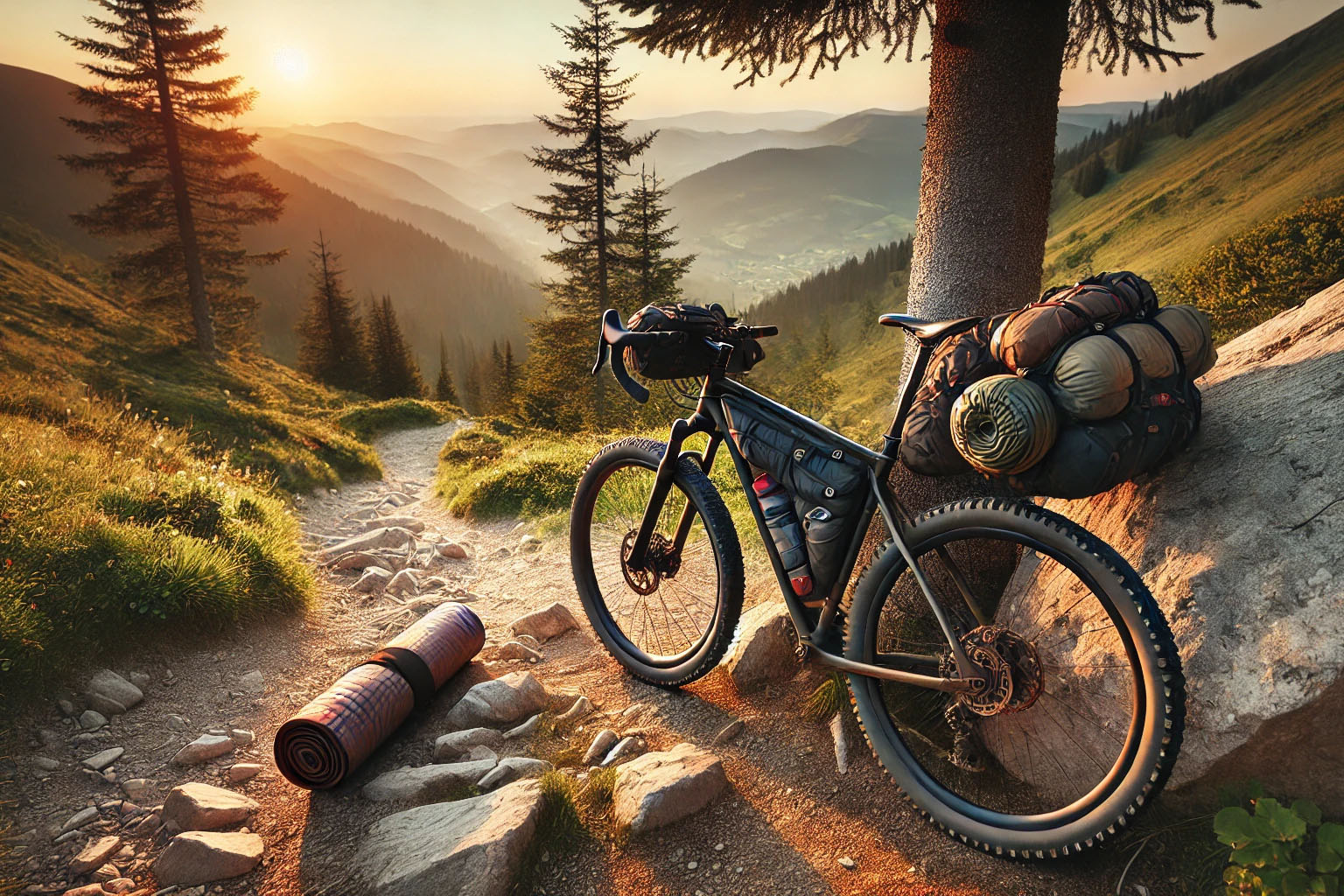Bikepacking 101: Everything You Need to Get Started

If you've ever wanted to blend the thrill of cycling with the freedom of backcountry camping, bikepacking is your gateway to adventure. It's the perfect way to escape the hustle, explore new terrain, and carry everything you need right on your bike. Whether you're planning a weekend escape or a multi-day expedition, this guide covers the essentials to get you started.
What is Bikepacking?
Bikepacking is a mix of mountain biking and minimalist camping. Unlike traditional touring that uses panniers and racks, bikepacking leans on lightweight bags strapped directly to your bike’s frame, seat post, and handlebars. This setup is ideal for off-road trails, gravel routes, and mixed terrain, where agility and weight matter.
The Essentials: What You’ll Need
1. The Right Bike
You don’t need the most expensive bike on the market, but choosing the right type will make a huge difference:
-
Gravel bikes – Lightweight and fast for mixed terrain.
-
Hardtail mountain bikes – Great for rugged, technical trails.
-
Adventure/touring bikes – Comfortable and durable for longer distances.
✔ Pro Tip: Look for bikes with mounting points for bottles and gear, wide tire clearance, and comfortable geometry.
2. Bikepacking Bags
Ditch the panniers. You'll need:
-
Frame Bag – For heavier items like tools or food.
-
Seat Pack – Ideal for clothing and sleeping gear.
-
Handlebar Roll – Great for your tent, sleeping bag, or pad.
-
Top Tube Bag / Stem Bags – Easy-access storage for snacks, phone, or camera.
3. Sleeping Setup
-
Tent or bivvy – Lightweight and compact is key.
-
Sleeping bag – Choose one suited for the climate.
-
Sleeping pad – Crucial for comfort and insulation.
4. Tools & Spares
Pack smart. Include:
-
Multi-tool
-
Tire levers
-
Spare tubes or tubeless repair kit
-
Pump or CO₂ inflator
-
Chain lube
5. Food & Cooking Gear
Depending on the trip length:
-
Compact stove + gas canister
-
Lightweight pot
-
Dehydrated meals or trail snacks
-
Water bottles or a hydration bladder
-
Water filter or purification tablets
Planning Your First Trip
Start small—aim for an overnight or weekend ride first. Here’s what to consider:
-
Route Planning: Use apps like Komoot, RideWithGPS, or Strava to map your ride. Check for trail conditions and water sources.
-
Weather: Pack for the worst-case scenario.
-
Navigation: Don’t rely solely on your phone. Bring a map or GPS backup.
-
Safety: Let someone know your route and expected return. Carry a basic first aid kit.
Final Thoughts
Bikepacking is as much about the journey as the destination. Start light, learn from each trip, and upgrade your gear as you go. Your first adventure doesn’t have to be perfect—it just has to start.
Ready to roll? Explore our [bikepacking gear collection] (link to your store) and start planning your next escape.



